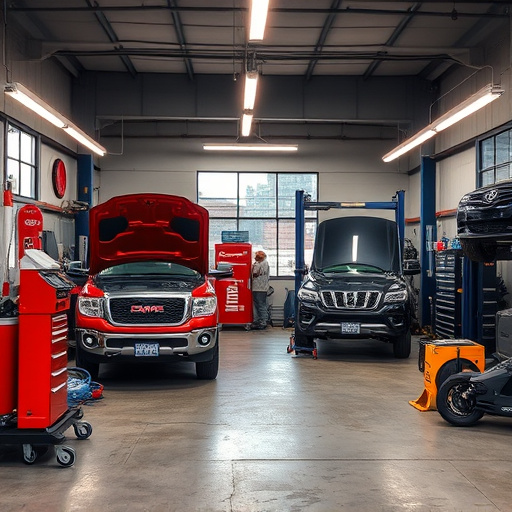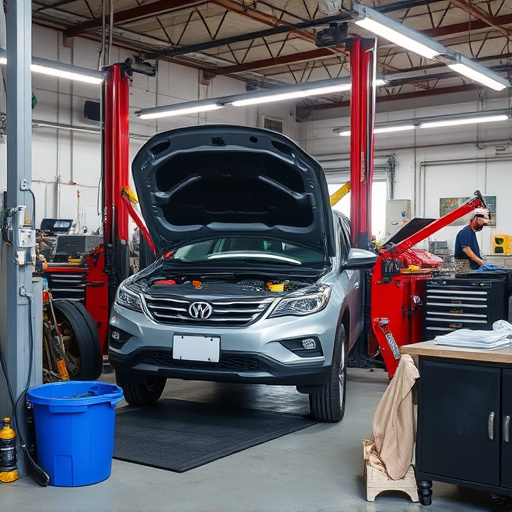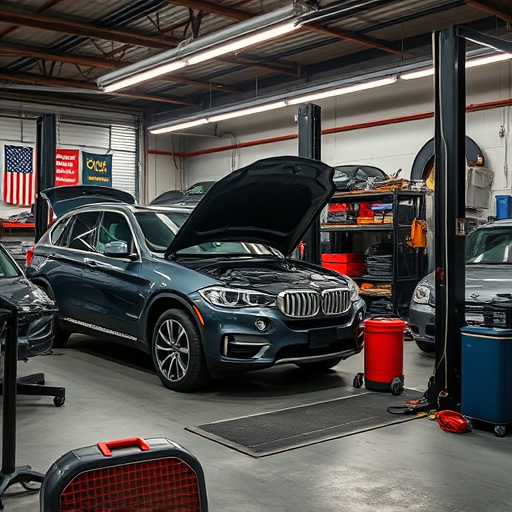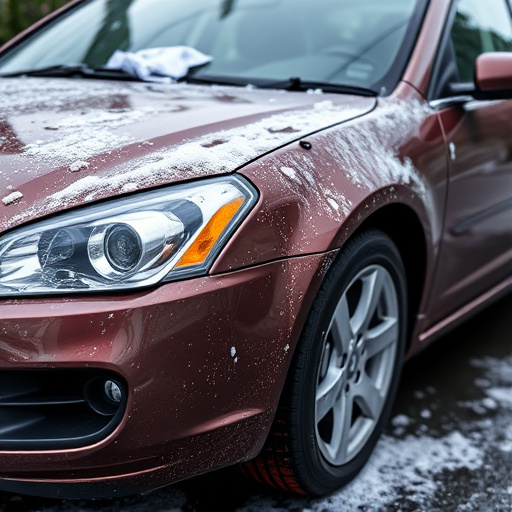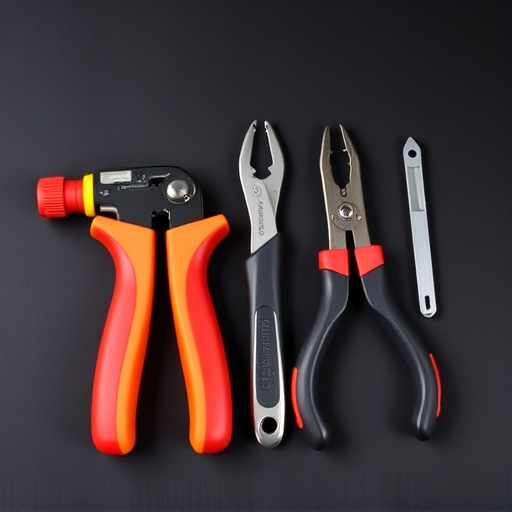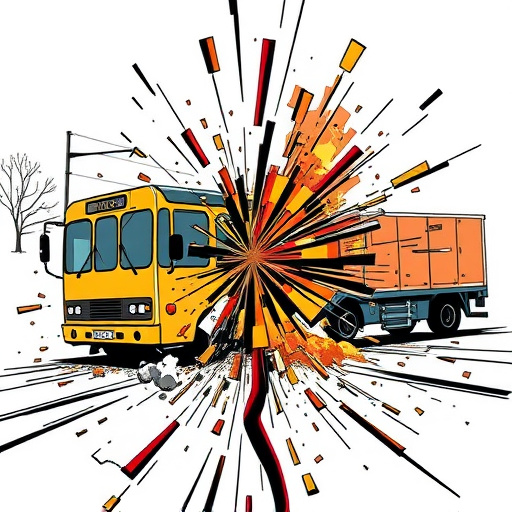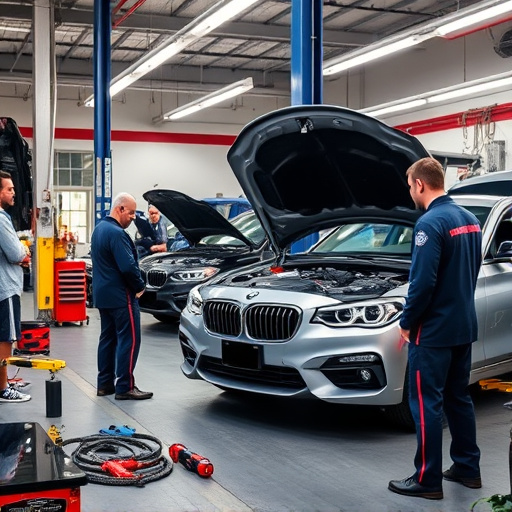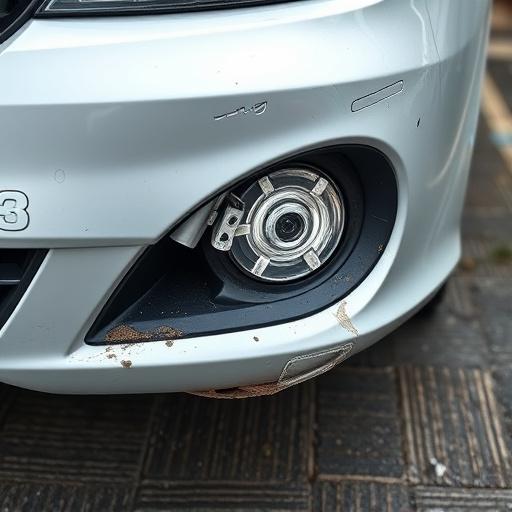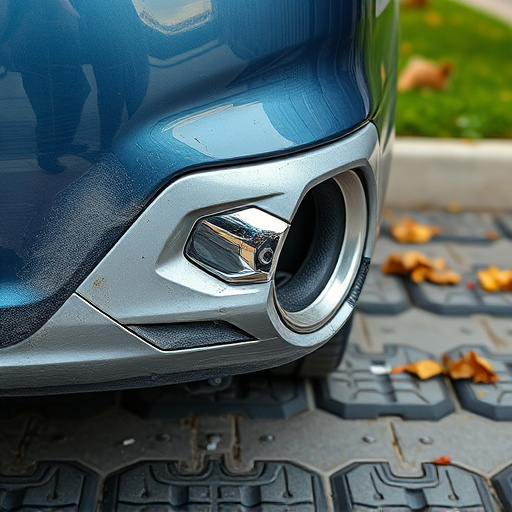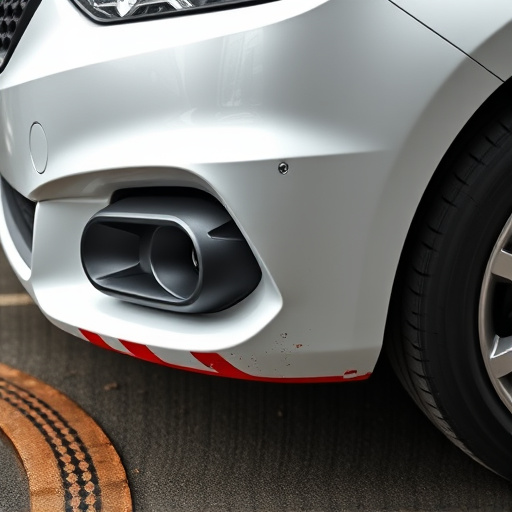Eco-friendly collision repair KPIs assess sustainability in automotive restoration, focusing on recycled materials, energy conservation, waste minimization, and eco-paints. These metrics showcase environmental responsibility for fleet services, attract conscious customers, and reduce carbon emissions through methods like paintless dent repair. Shops track waste generation, energy consumption, and environmentally friendly material use to quantify sustainability efforts, compare pre/post data, and communicate their commitment to eco-friendly practices appealing to environmentally conscious consumers.
In today’s environmentally conscious world, eco-friendly collision repair is becoming the norm. This shift demands robust metrics and reporting mechanisms to gauge success and ensure transparency. This article delves into the key aspects of measuring and reporting sustainable outcomes in collision repair shops. We explore essential metrics for tracking environmental impact reduction, effective communication strategies, and best practices to foster trust among consumers seeking greener solutions.
- Understanding Eco-Friendly Collision Repair Metrics
- Tracking and Measuring Environmental Impact Reduction
- Communicating Sustainable Repair Outcomes Effectively
Understanding Eco-Friendly Collision Repair Metrics

Eco-friendly collision repair metrics are a crucial aspect of evaluating and reporting the environmental impact of automotive restoration processes. These metrics go beyond traditional measures like time taken or labor costs, focusing instead on sustainability factors. Key performance indicators (KPIs) in this domain may include the amount of recycled materials used, reduction in energy consumption, minimizing waste generation, and efficient use of eco-friendly paints and products.
For auto body shops offering fleet repair services, these metrics help demonstrate their commitment to environmental responsibility. Techniques like paintless dent repair can significantly reduce the need for new paint, cutting down on both material waste and greenhouse gas emissions associated with manufacturing. By tracking and reporting these eco-friendly collision repair outcomes, businesses can attract environmentally conscious customers and contribute to a greener automotive industry.
Tracking and Measuring Environmental Impact Reduction
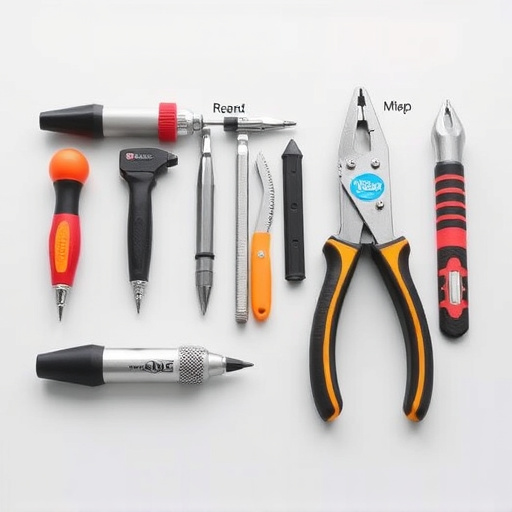
In the realm of eco-friendly collision repair, tracking and measuring environmental impact reduction is paramount. Auto repair shops that embrace sustainability adopt various methods to assess their progress in minimizing ecological footprints. Key metrics include tracking the amount of waste generated and diverted from landfills, monitoring energy consumption, and evaluating the use of environmentally friendly materials and solvents. By implementing these practices, car repair shops can quantify their efforts in reducing carbon emissions and promoting a greener approach to car damage repair.
Additionally, these forward-thinking auto repair shops often measure their success by comparing pre-and post-sustainability implementation data. This allows them to identify areas of significant improvement, such as reduced water usage, increased recycling rates, and the adoption of electric or hybrid tools. Such tracking not only ensures accountability but also serves as a testament to the positive impact of eco-friendly collision repair practices within the car repair shop industry.
Communicating Sustainable Repair Outcomes Effectively
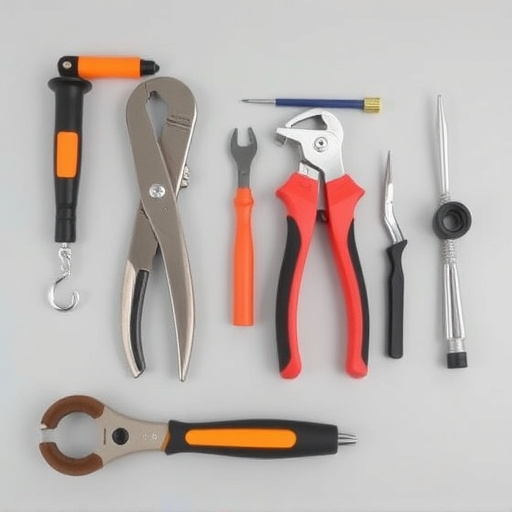
Effective communication is key when it comes to showcasing a collision repair shop’s commitment to eco-friendly practices. Shops should clearly articulate their sustainable approach and its benefits to customers. For instance, highlighting the use of eco-approved materials in dent removal processes can appeal to environmentally conscious consumers. By explaining these methods, shops can educate their clientele on the positive impact of choosing green alternatives.
When promoting eco-friendly collision repair, it’s essential to provide transparent reports on the outcomes. This includes sharing statistics on the reduction of waste, efficient use of resources, and the overall decrease in environmental impact compared to traditional repair methods. Such communication not only builds trust but also attracts a growing market segment that prioritizes sustainability in their vehicle maintenance choices, drawing potential customers towards these forward-thinking collision repair centers.
Eco-friendly collision repair is not just a trend but an essential shift towards sustainability in the automotive industry. By understanding key metrics, tracking environmental impact reduction effectively, and communicating these outcomes transparently, shops can contribute to a greener future. Adopting these practices ensures that eco-friendly collision repair becomes the norm, benefiting both businesses and the environment.
